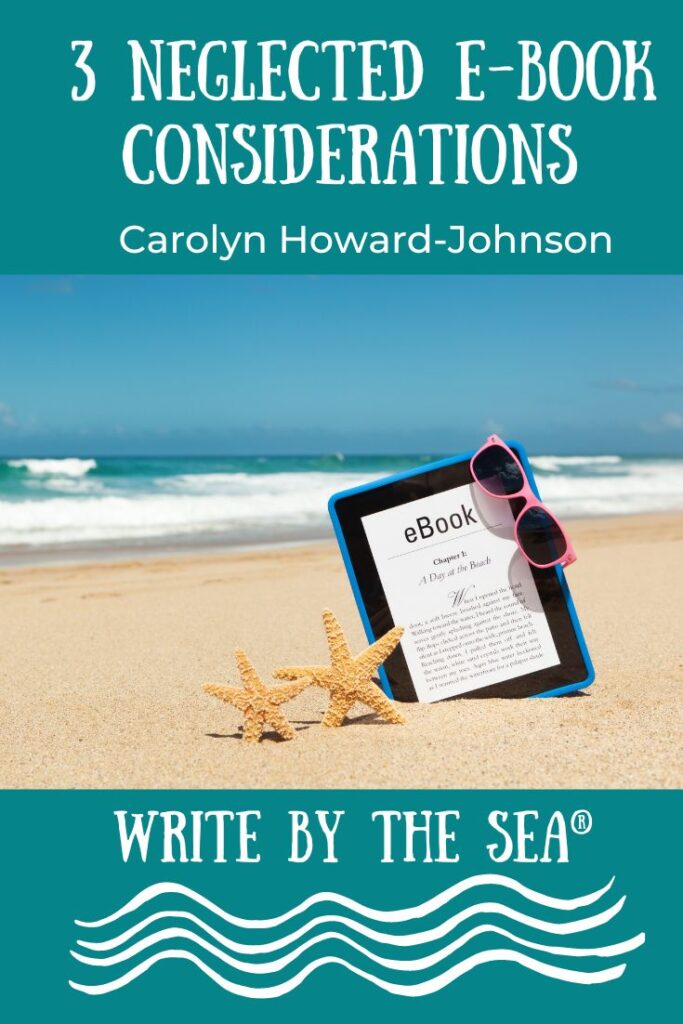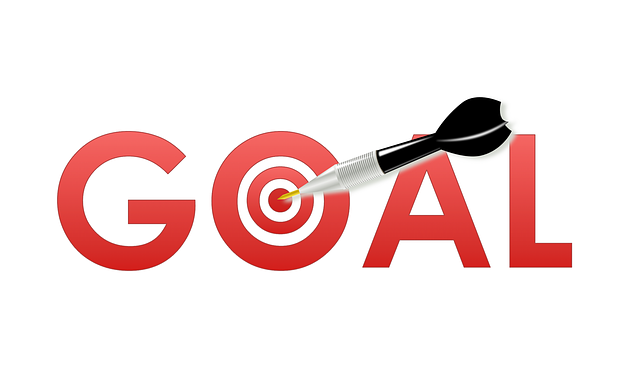(How to Write a Query) A guest post from Karen Cioffi
All writers face the dreaded query.
Did I put enough information?
Did I put too much?
Did I have a great hook?
Am I submitting to the right publisher?

These are just a few questions that run through a writer’s mind when mailing, or clicking the send button for the query.
So, how do you answer these questions and the many others that go along with the job of crafting a query?
Well, the first simple response to this question is to READ the publisher’s or agent’s guidelines.
Okay, that’s not accurate—you need to STUDY and FOLLOW those guidelines precisely.
Items to watch for when reading those guidelines:
1. What genre does that particular publishing house, agent, or magazine publish?
2. Does the publisher/agent accept simultaneous submissions?
3. Is there a specific word count involved if querying for articles?
4. Does the publishing house accept unagented queries?
5. Does the magazine only accept specific themes, if so, is your article on target?
This list is not complete, there are obviously more items to watch out for.
So, we go back to the main rule for querying: FOLLOW the GUIDELINES!
But, following the guidelines is just part of the querying process; you also need to know some inclusion essentials.
Six rules to use that will help you create a winning query:
1. Be professional. Writing is a business just like any other-treat it as such.
2. Be sure to include your contact information: address, telephone number, email address and website.
3. If you were referred by someone include it in the query. Every little bit helps, but be sure it’s a referral from someone the editor actually knows.
4. Write tight—be specific and jump right in. You want to provide enough information to warrant the editor to want more, but you need to keep it to one page.
5. The first paragraph is the pitch—within a couple of sentences you need to hook the editor or agent. The second paragraph is about you, again keep it brief and include your credentials. The third paragraph is your conclusion; thank the editor/agent for his/her time and mention if you are enclosing a SASE and if the query is a simultaneous submission.
6. In regard to your bio: Limit personal information unless it adds to your credentials as a writer qualified to write for this publisher.
A good way to practice for queries and pitches is to write a one sentence out of the ball park description of your manuscript. This will help you to think and write tight and choose the perfect words to hook the reader and convey the essence of your story.
About Karen Cioffi


For more on children’s writing tips and writing help, stop by Writing for Children with Karen Cioffi. http://karencioffiwritingforchildren.com
Be sure to sign up for her newsletter and check out the DIY Page.






